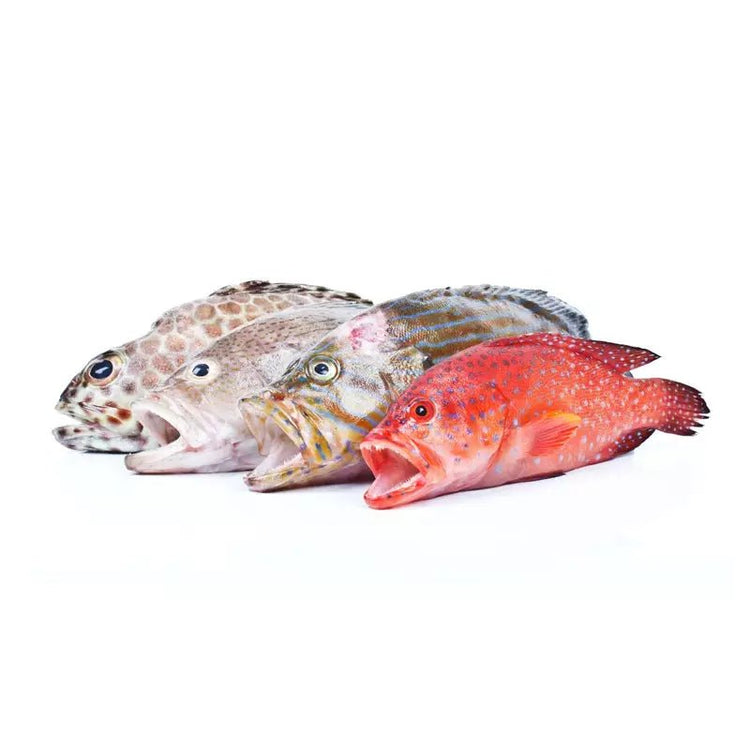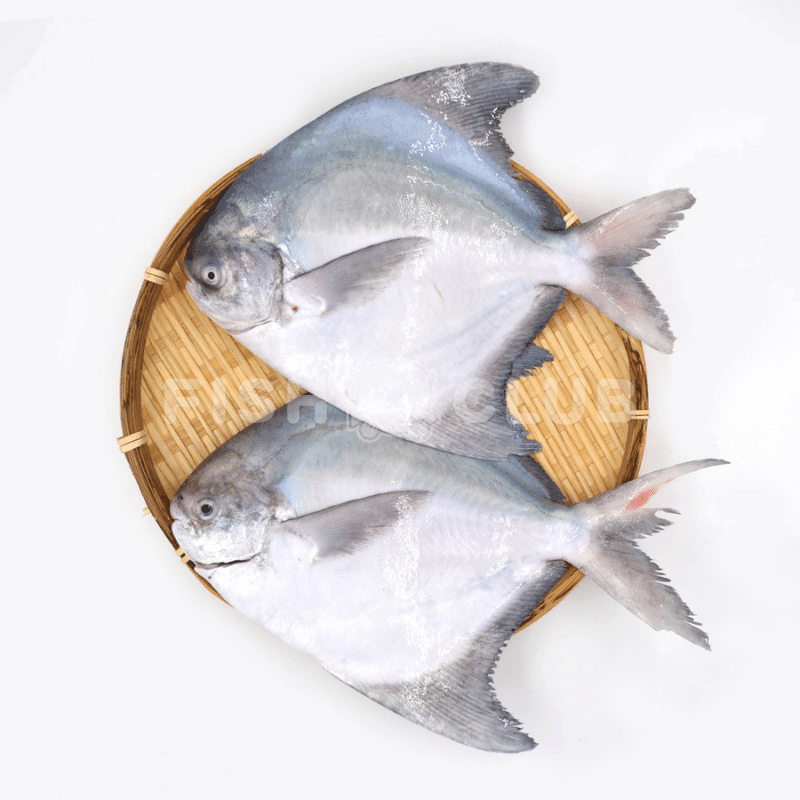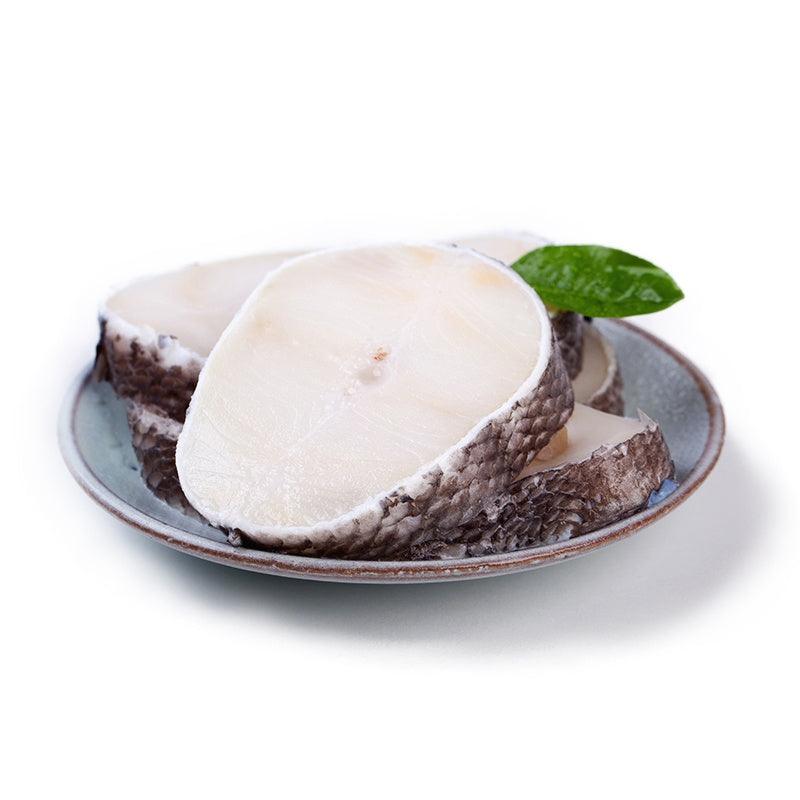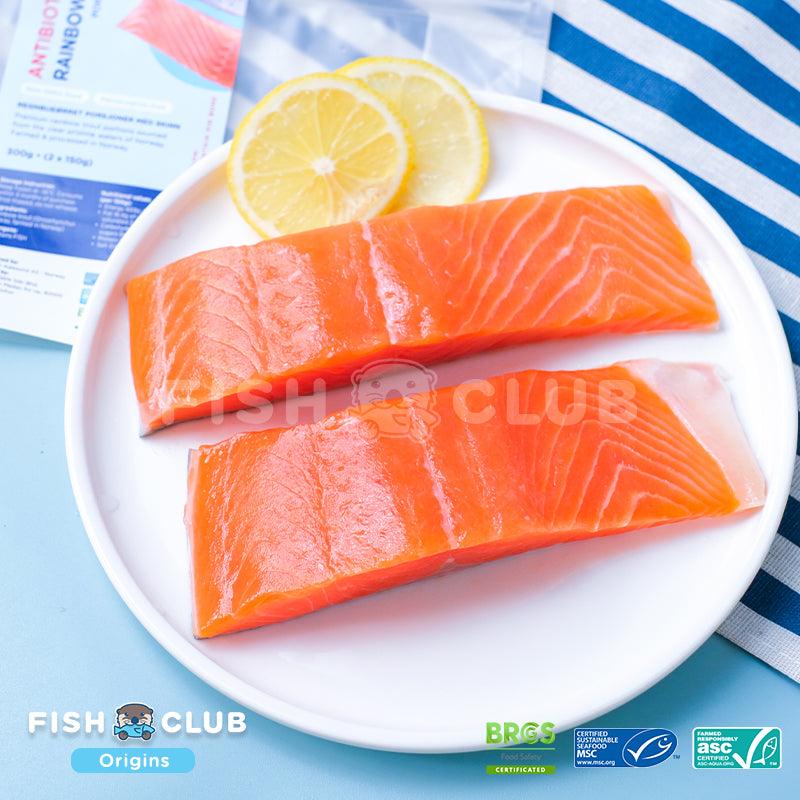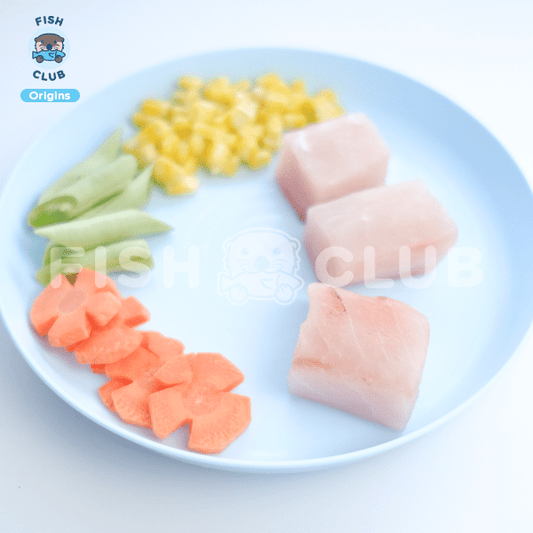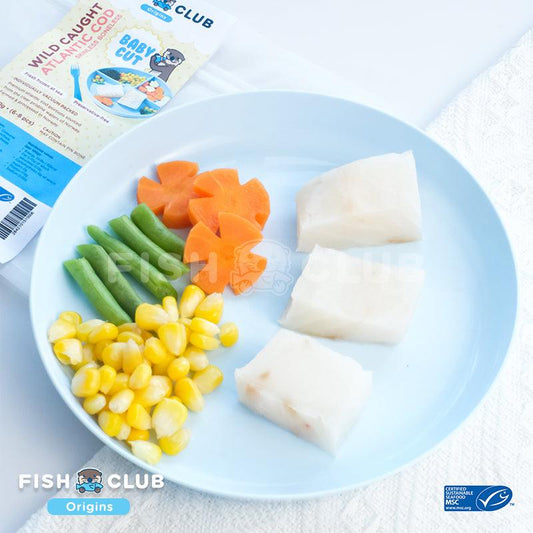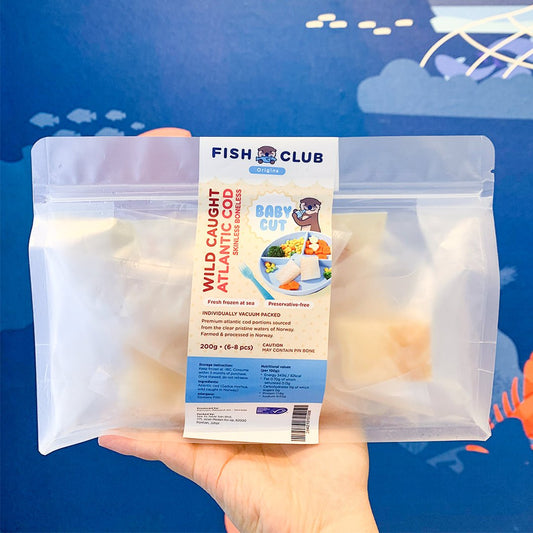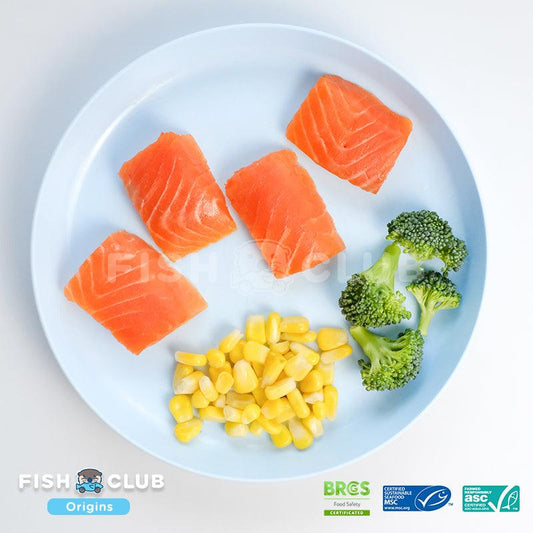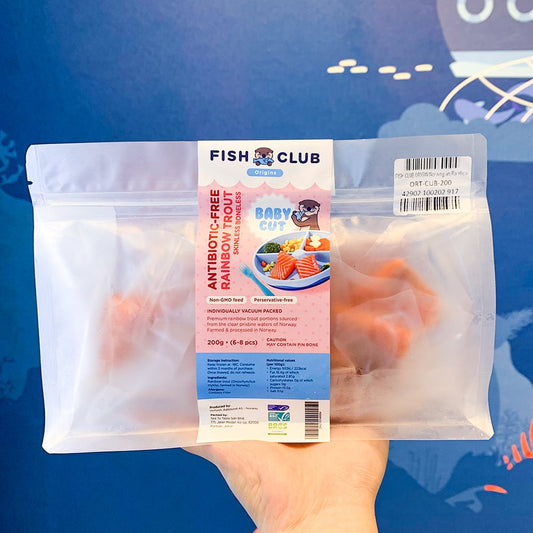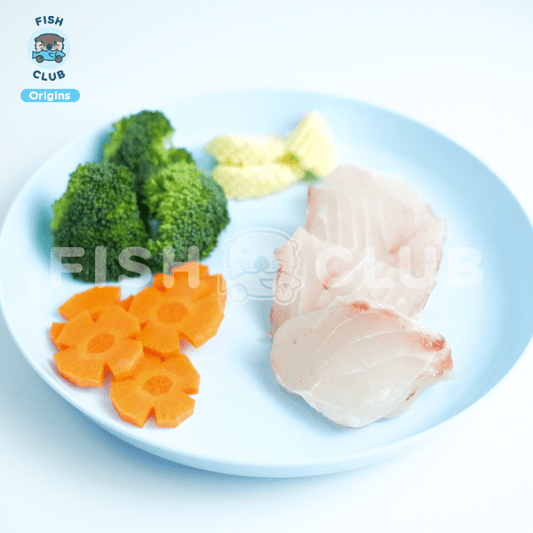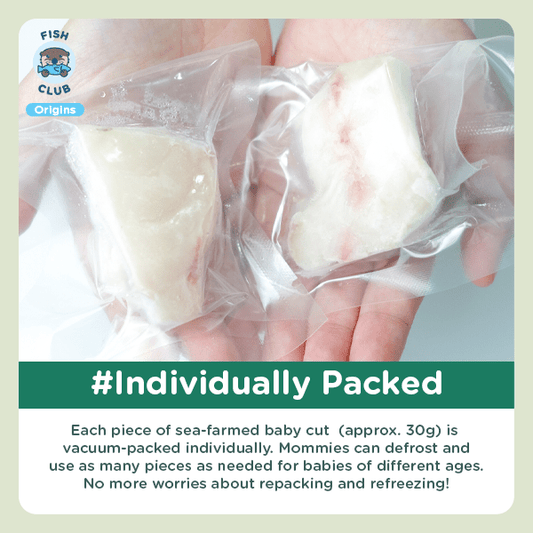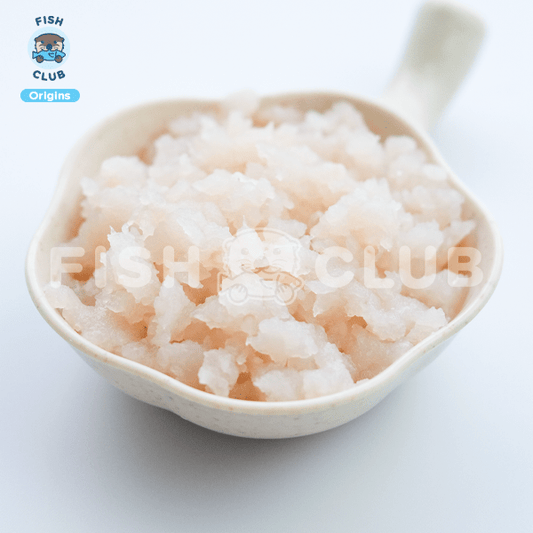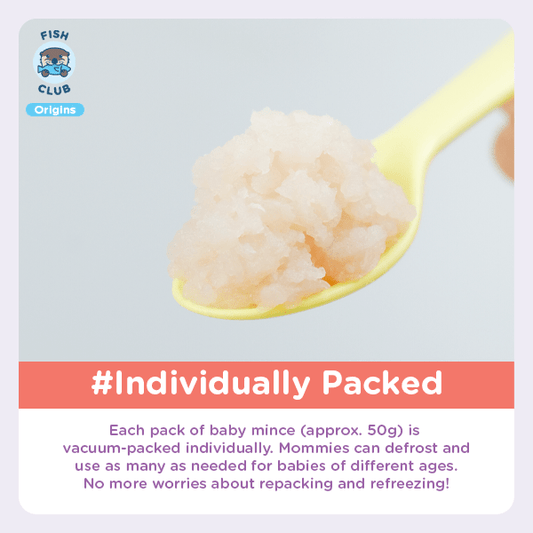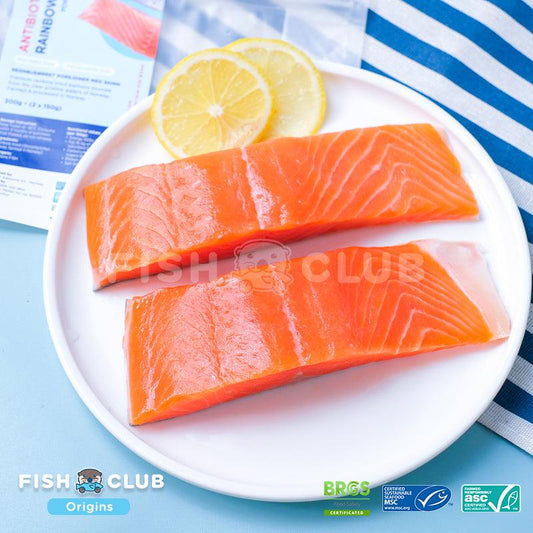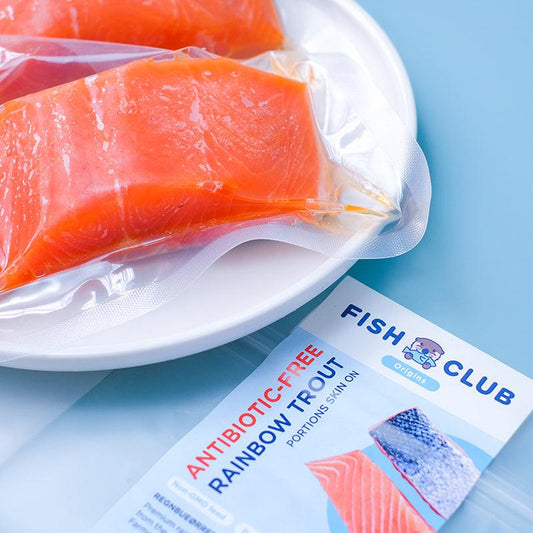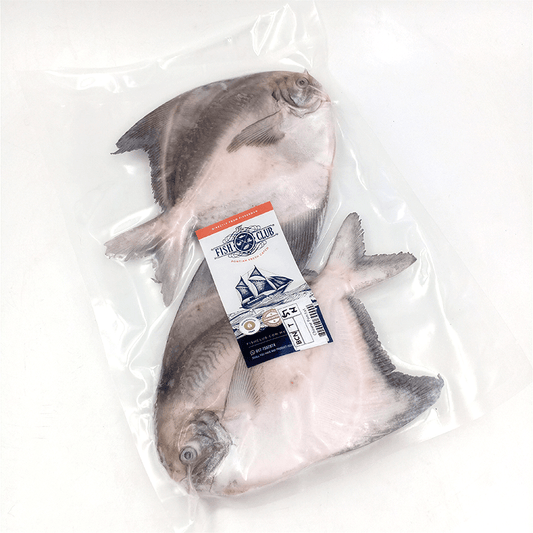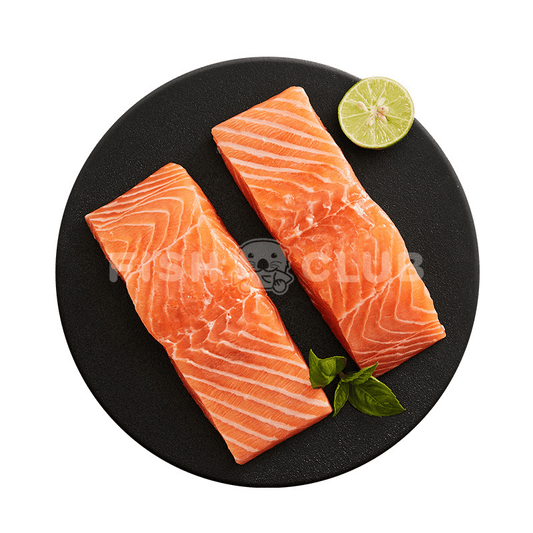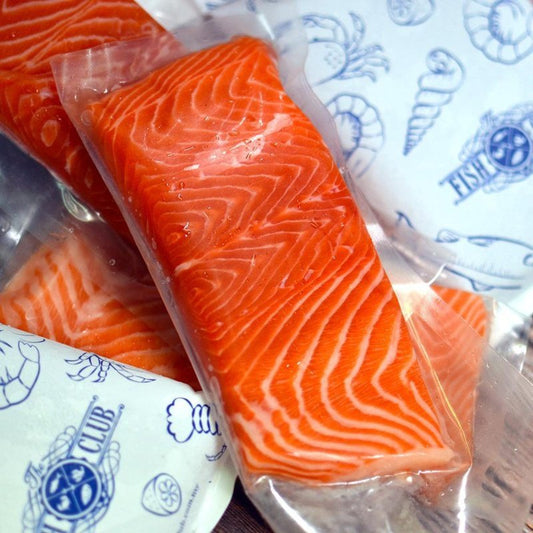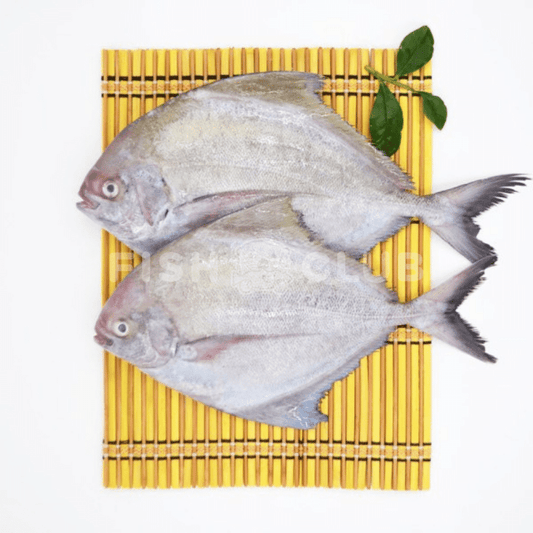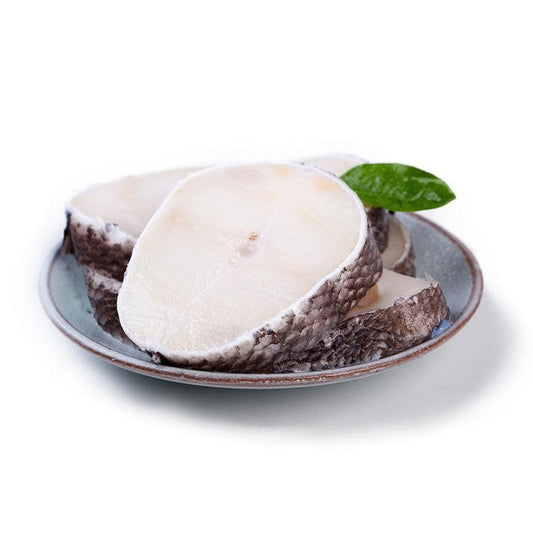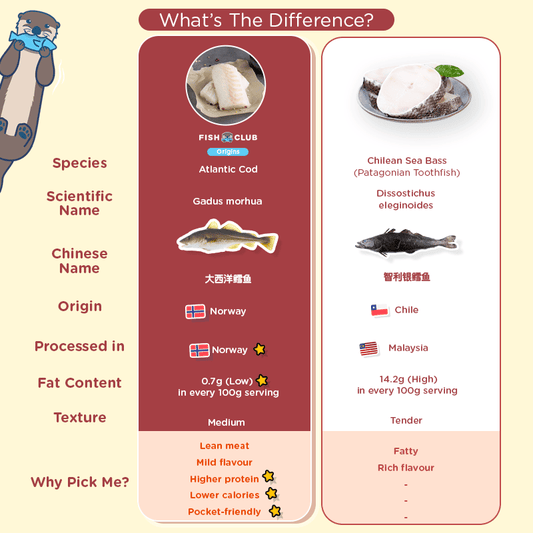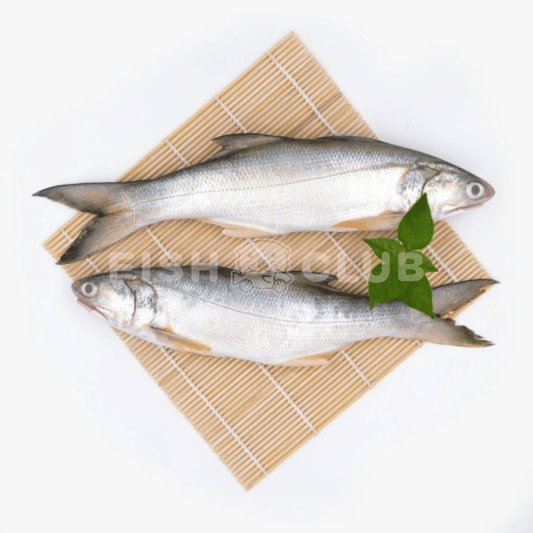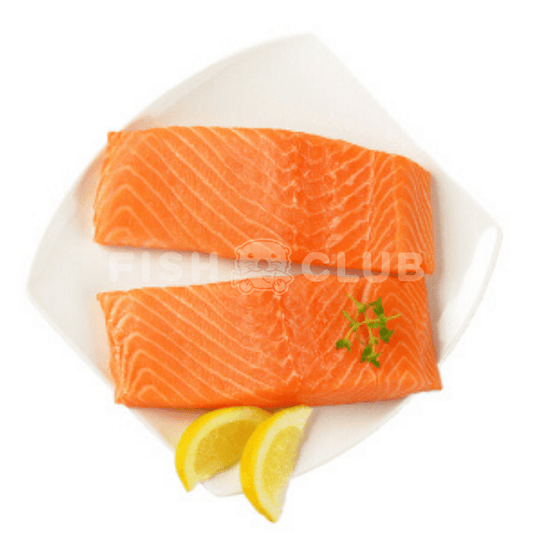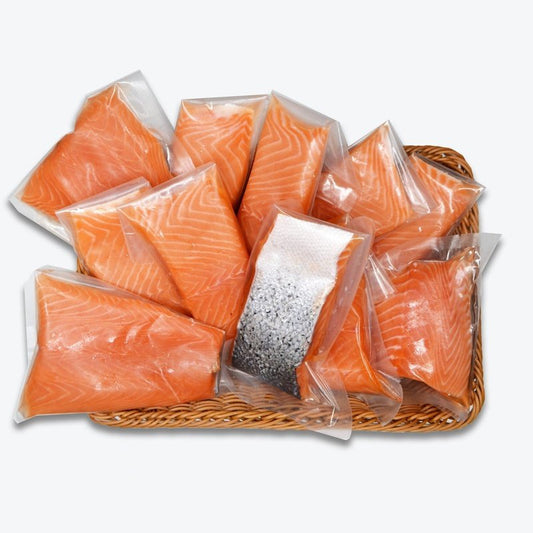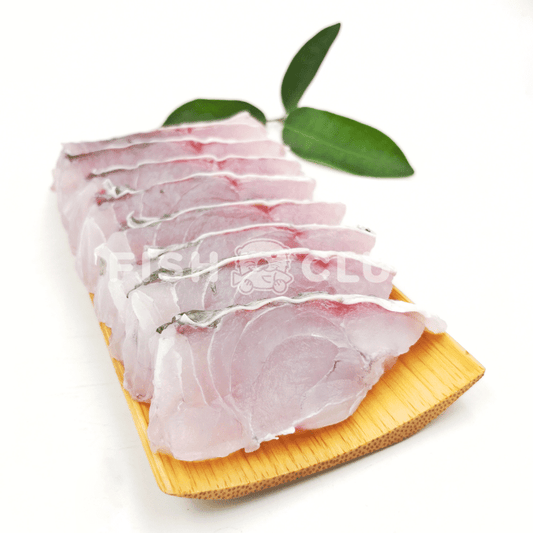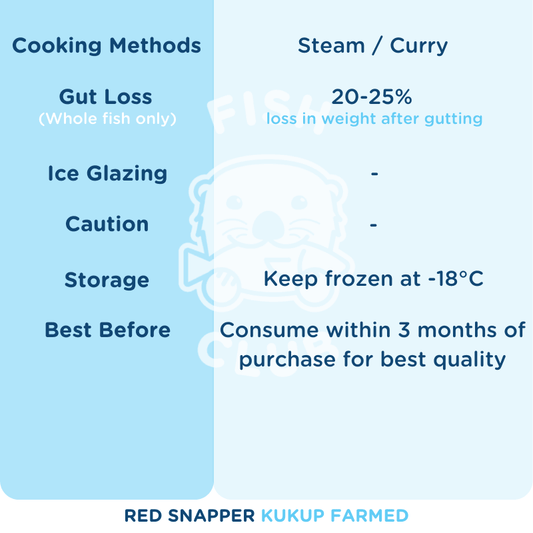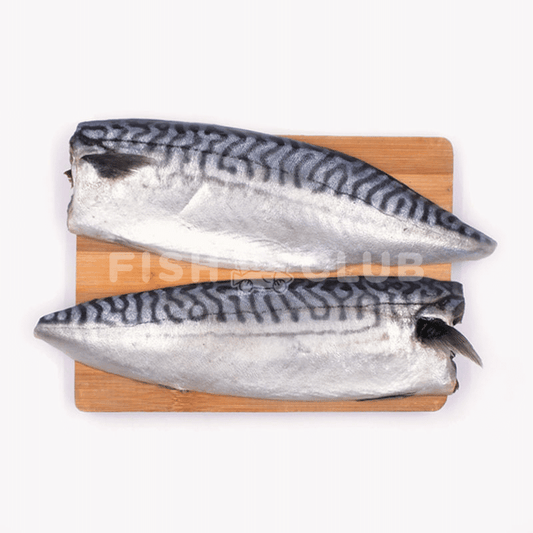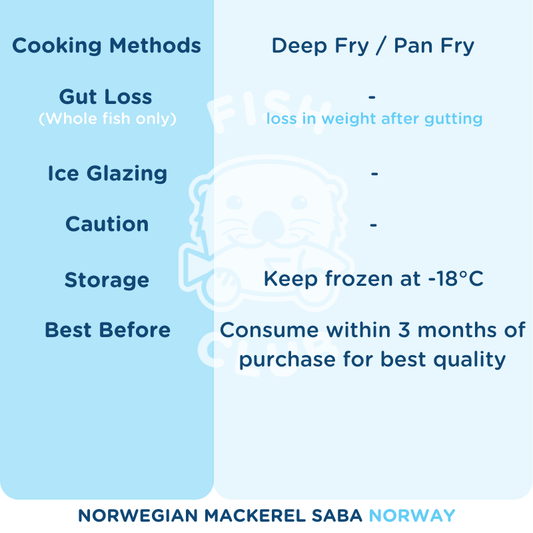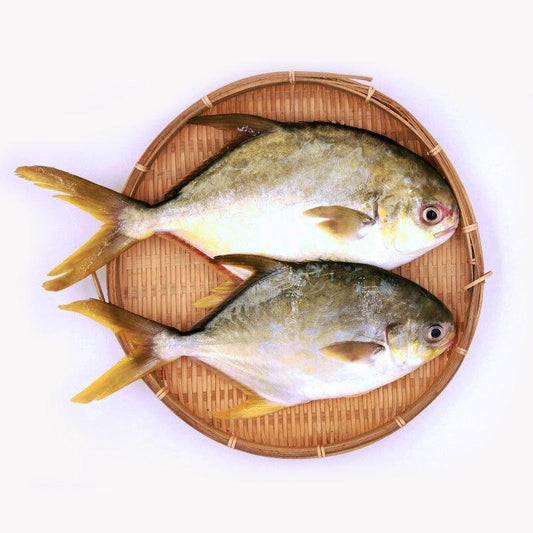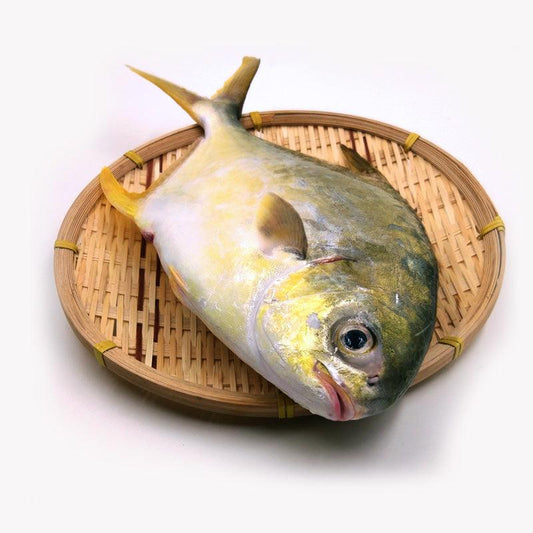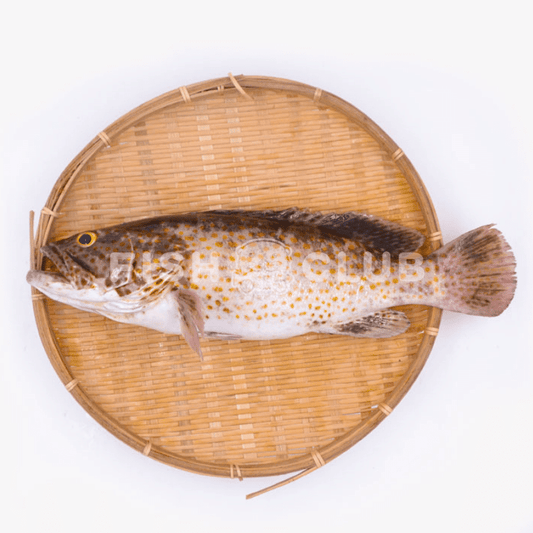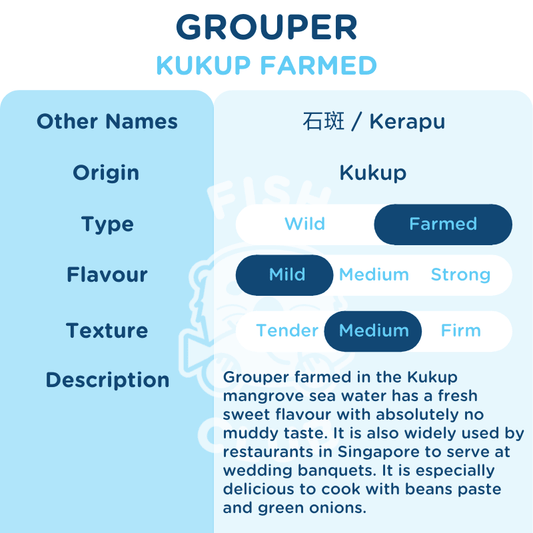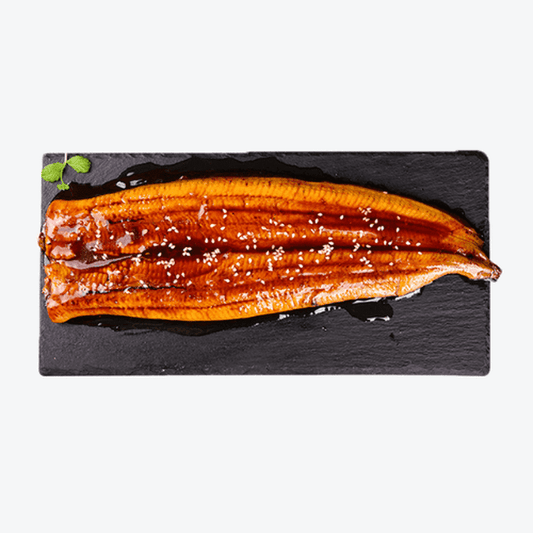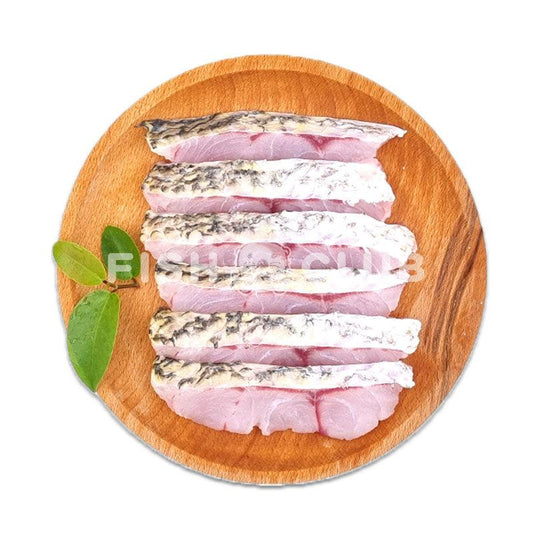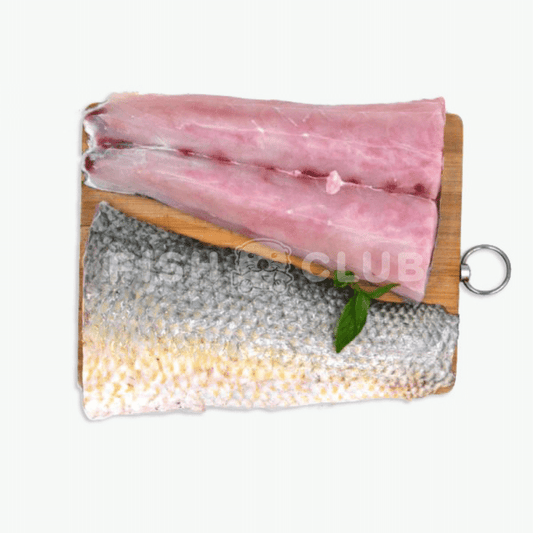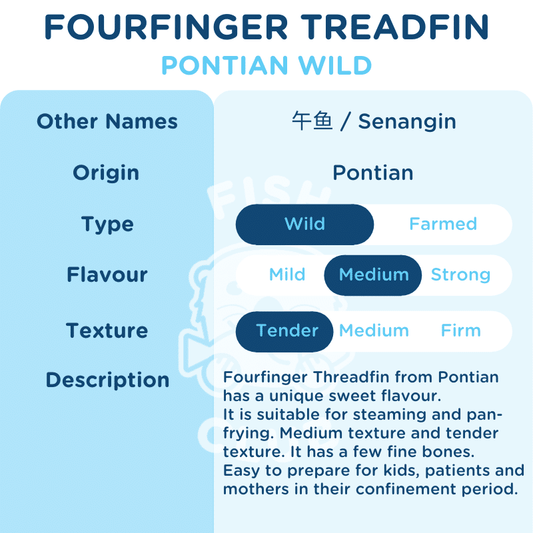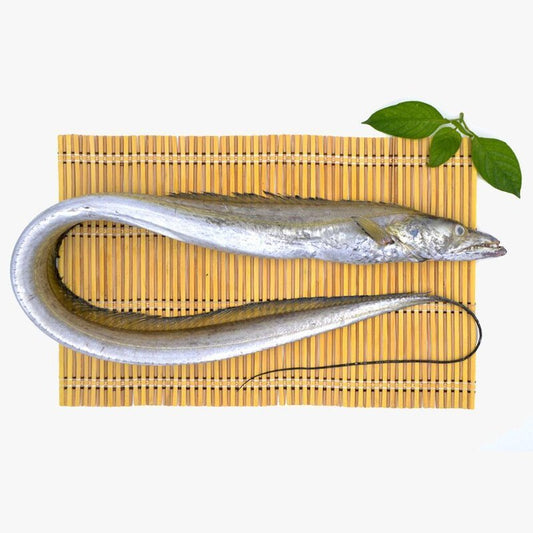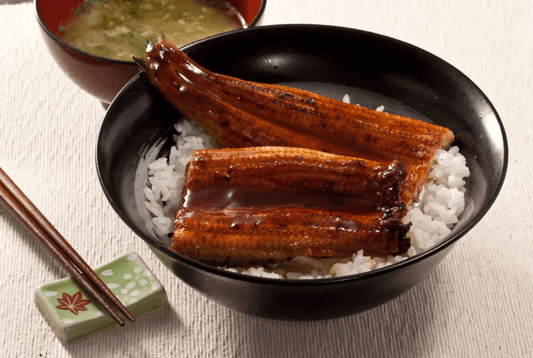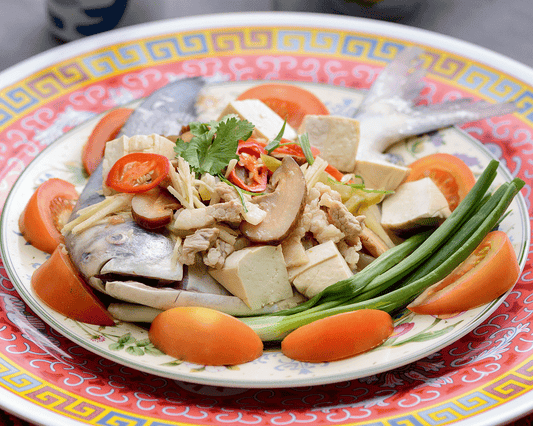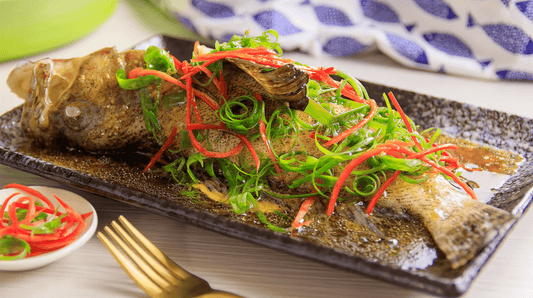Fish Cut Options
Shop All Fish
Looking for the best deal on the highest quality fish? Fish Club isn’t a middle man. We are the supplier and our very own boats spend more time at the sea than at the dock.
-
Fish Club Origins' Wild Caught Seasonal Fish (Baby Cut) (200g)
Vendor:Fish ClubRegular price RM37.90Regular priceUnit price perRM31.90Sale price RM37.90Sale -
Fish Club Origins' Norwegian Atlantic Cod (Baby Cut)
Vendor:Fish ClubRegular price RM46.90Regular priceUnit price perRM49.90Sale price RM46.90Sale -
Fish Club Origins’ Antibiotic-Free Norwegian Rainbow Trout (Baby Cut)
Vendor:Fish ClubRegular price RM47.90Regular priceUnit price perRM44.90Sale price RM47.90 -
Fish Club Origins' Sea Farmed Seasonal Fish (Baby Cut) (200g)
Vendor:Fish ClubRegular price RM14.90Regular priceUnit price perRM16.40Sale price RM14.90Sale -
Fish Club Origins' Easy Yummy Seasonal Fish (Baby Mince) (300g)
Vendor:Fish ClubRegular price RM46.90Regular priceUnit price perRM43.90Sale price RM46.90Sale -
Fish Club Origins' Antibiotic-Free Norwegian Rainbow Trout ***
Vendor:Fish ClubRegular price RM62.50Regular priceUnit price perRM56.90Sale price RM62.50Sale -
Chinese Pomfret (Pontian Wild) / 斗鲳(笨珍野生)
Vendor:Fish ClubRegular price RM78.90Regular priceUnit price per -
Norwegian Rainbow Trout Fillet / 挪威虹鳟厚片
Vendor:Fish ClubRegular price RM41.50Regular priceUnit price perRM55.90Sale price RM41.50Sale -
White Pomfret (Pontian Wild) / 白鲳(笨珍野生)
Vendor:Fish ClubRegular price RM33.90Regular priceUnit price per -
Black Pomfret (Pontian Wild) / 黑鲳(笨珍野生)
Vendor:Fish ClubRegular price RM24.50Regular priceUnit price perRM26.80Sale price RM24.50Sale -
Norwegian Rainbow Trout (Half Fish) / 挪威虹鳟(半条)
Vendor:Fish ClubRegular price RM149.50Regular priceUnit price per -
Chilean Sea Bass Fish Steak / 智利银鳕鱼段
Vendor:Fish ClubRegular price RM50.50Regular priceUnit price per -
Fourfinger Threadfin (Pontian Wild) / 白午(笨珍野生)
Vendor:Fish ClubRegular price RM16.50Regular priceUnit price per -
Chilean Atlantic Salmon Fillet / 智利大西洋三文鱼厚片
Vendor:Fish ClubRegular price RM58.90Regular priceUnit price per -
Barramundi (Kukup Farmed) Slices / 金目鲈(龟咯海养)薄片 - 200g
Vendor:Fish ClubRegular price RM28.50Regular priceUnit price per -
Red Snapper (Kukup Farmed) / 红鱼(龟咯海养)
Vendor:Fish ClubRegular price RM53.90Regular priceUnit price per -
Norwegian Mackerel Fillet (Saba) / 鲭鱼厚片
Vendor:Fish ClubRegular price RM19.90Regular priceUnit price per -
Pompano (Kukup Farmed) / 金鲳(龟咯海养)
Vendor:Fish ClubRegular price RM23.90Regular priceUnit price per -
Grouper (Kukup Farmed) / 石斑(龟咯海养)
Vendor:Fish ClubRegular price RM69.90Regular priceUnit price per -
Unagi Kabayaki / 蒲烧鳗鱼 - 200g
Vendor:Fish ClubRegular price RM23.90Regular priceUnit price per -
Golden Snapper (Kukup Farmed) Slices / 红皂(龟咯海养)薄片 - 200g
Vendor:Fish ClubRegular price RM33.90Regular priceUnit price per -
Spotted Spanish Mackerel (Pontian Wild) Fillet / 斑点马鲛(笨珍野生)厚片
Vendor:Fish ClubRegular price RM19.90Regular priceUnit price per -
Fourfinger Threadfin (Pontian Wild) Fillet / 白午(笨珍野生)厚片
Vendor:Fish ClubRegular price RM26.90Regular priceUnit price per -
Ribbon Fish Steak (Pontian Wild) / 黄带鱼段(笨珍野生)- 500g
Vendor:Fish ClubRegular price RM19.90Regular priceUnit price perRM23.80Sale price RM19.90Sale
Seafood and raw fish safety
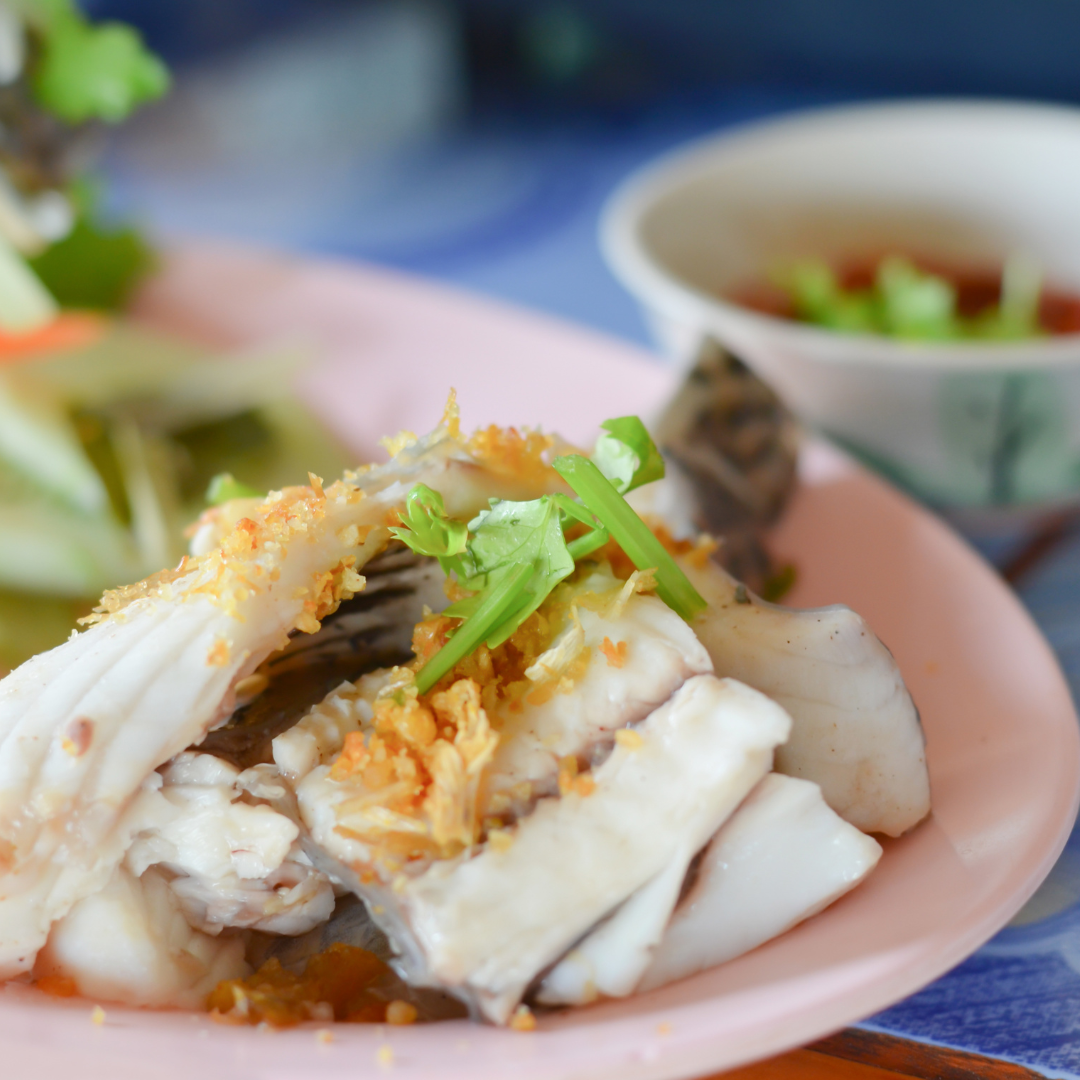
Contamination Prevention
Cleanliness: A clean working environment is essential in the prevention of contamination when working with fish. Be sure to wash hands thoroughly before and after handling raw fish. The work area, cutting boards, and utensils must be thoroughly cleaned with hot soapy water after being exposed and should not be used for other foods until properly cleaned. This will prevent cross contamination of bacteria from the fish to other foods.
When working with other foods at the same time as preparing and cooking fish, be sure to use different utensils for each food. Do not use the same platter for cooked fish as was used for the raw meat, unless it has been properly washed and dried before using. If any preparation of the fish is done on a cutting board, it should be thoroughly scrubbed with hot soapy water after each use and periodically cleaned with a bleach solution consisting of 1 tablespoon of bleach per gallon of water.
Handling Market Fish: Fresh or frozen fish should be purchased just before leaving the market so it is exposed to unsafe temperatures for as short a time as possible. It should be placed in a plastic bag to prevent any leakage from contaminating any other foods. Bring a cooler along to store the fish in while traveling home or pack the fish in ice. To maintain the quality of the fish, it needs to be kept at a temperature under 40°F. Do not allow the fish to set in a hot vehicle for any length of time unless stored properly. After purchasing it should be taken home and refrigerated as soon as possible.
When cooking and serving fish, the meat must be handled properly to prevent contamination. Use a different platter and cooking utensils for cooked fish than what was used for the raw fish, unless they have been properly cleaned and dried after exposure to the raw fish. Be sure the raw fish does not come in contact with foods that have already been cooked or foods that do not require cooking before being consumed, such as raw vegetables and fruit.
If taking cooked fish to be served at another location, be sure to pack the fish so it maintains the proper temperatures. If you are keeping it hot, it should maintain at least a 140°F temperature and if it is cold, it must be kept at or below 40°F.
Cooking Safety
It is necessary to cook the fish completely to eliminate the chance of food borne illness. The safest manner in which to check for doneness is to check the internal temperature with a meat thermometer in several locations. Internal temperature should be a minimum of 145°F when checked in the center of the thickest area of the fish. If a meat thermometer is not available, check for doneness by using a fork to check if the fish flakes easily and to see if its appearance is opaque and not translucent and raw looking.
Deep-Frying Safety
Deep-frying, also known as deep-fat frying, is a popular cooking method used for fish. It is a process of immersing food in a pan containing hot oil, which cooks the food quickly, producing a crispy surface covering a tender and moist interior. Because of the large quantity of hot oil that is used for deep-frying fish, there are some safety concerns that must be considered when using this cooking method. The safety concerns are listed below.
• For ease in handling and to prevent splashing of the oil when the fish is placed in the hot oil, it is best to use small pieces of fish.
• Any utensils and equipment that come into contact with the hot oil must be thoroughly dried first. Moisture on the utensils will cause splattering, which can be dangerous.
• The fish should also be free of moisture to minimize splattering when the fish is immersed into the hot oil.
• If cooking commercial frozen fish that is to be immersed in the oil while it is still frozen, be sure that the fish is free of ice crystals.
• The hot oil should not be left unattended and children and pets should NEVER be allowed near the cooking area.
• After the cooking is completed, the oil should not be transferred to another container or disposed of until it has completely cooled. It is extremely dangerous to pour the hot oil from the cooking vessel.
• A fire extinguisher and heavy potholders should always be within reach.
Proper Storage
Properly preparing fresh fish for storage will allow it to be stored for a longer period of time and maintain its quality. Fresh caught fish should be gutted and cleaned as soon as possible and then stored at the proper temperature until ready to cook. For the best flavor and quality, fish should be prepared for eating within 24 hours of catching but if stored properly it is safe to keep refrigerated for 2 to 3 days.
Fresh caught or market fresh fish should be stored at a temperature 40°F or below and cooked fish should be kept at a temperature 140°F or higher to keep it outside of the temperature zone in which bacteria, that causes food borne illness, grows quickly. The danger temperature zone is a range between 40°F and 140°F. Raw fish can be stored in a refrigerator for 2 to 3 days. Leftover cooked fish can be stored for up to 3 or 4 days. If raw or cooked fish is not going to be used within the recommended time, it should be frozen to prevent it from perishing.
Freezing
Fresh fish can be stored at 40°F or less for 2 to 3 days but if it is not going to be used within that time, it should be frozen to prevent it from perishing. Freeze the fish while it is as fresh as possible. Proper handling of the fish is also necessary to produce a quality frozen product. The same factors statedabovewill have an affect on the quality of the fish when it is frozen. Be sure the fish has been cleaned properly before freezing. There are several methods that can be used for freezing fish. The method you select may depend on if you are freezing whole fish, large cuts, steaks or fillets. Also, take into consideration how much freezer storage room you have available. Fish should be frozen in a freezer at 0°F or less. Several methods are shown below.
Storage Tips:
• Be sure fish is cleaned properly before storing.When storing in a refrigerator, be sure the temperature is 40°F or less.
• Do not allow cooked fish to sit at room temperature for more than 2 hours.
• DO NOT REFREEZE FISH THAT HAS BEEN THAWED.
• Be sure all packages are marked with the content and the date it was frozen.
• Wrapping individual pieces of fish in plastic wrap or foil and then placing in a freezer bag will allow you to take out only the number servings you need to prepare.
• Freeze fresh fish as soon as possible to maintain the best quality.
• Store frozen fish in a freezer unit to obtain maximum storage time.
• Thaw frozen fish in the refrigerator or in cold water, changing every 30 minutes. NEVER thaw fish at room temperature.
Easy Fish Recipes Anyone Can Make
Sauces, Preparation Methods, and Ingredients Make All the Difference

